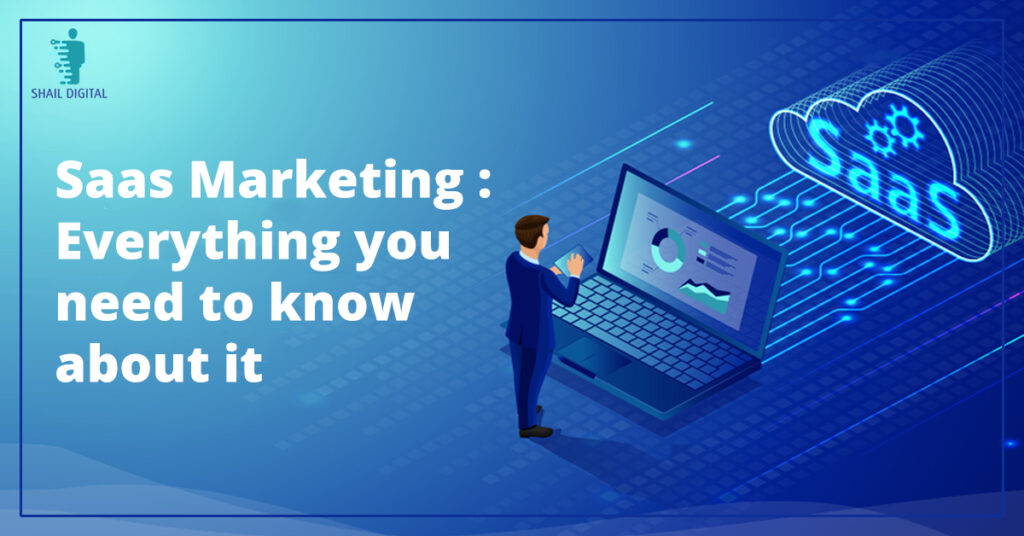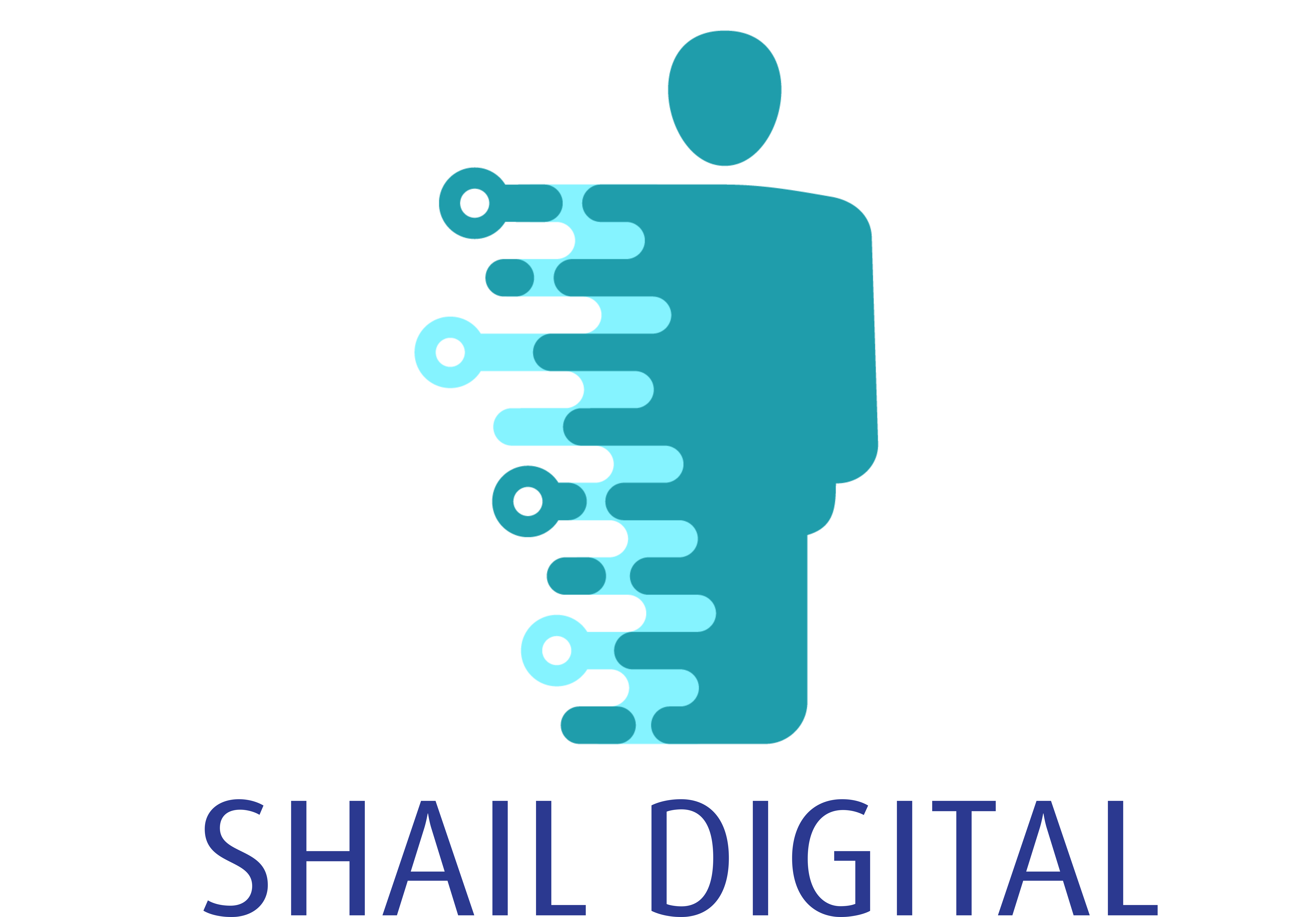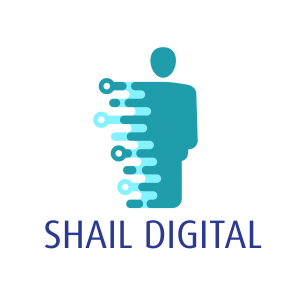SaaS Marketing: Everything you need to know about it

SaaS Marketing is analysing and addressing a customer’s pain points at each stage of their journey. The purpose of building a SaaS marketing campaign is to generate leads for which you should have a strong lead magnet. To know the lead magnet a SaaS campaign should understand the buyer persona at every stage of the buyer’s journey and for this, you should conduct market research, study your competitors, and develop a proper buyer persona.
The most common form of lead magnet is gated content which can be downloadable content like eBook or whitepaper that is related to the initial content. Engage your audience with content and then offer a compelling call-to-action (CTA) so they can convert into a prospect. Your lead magnet and/or CTA should drive visitors into a landing page or an opt-in form that will capture their contact information. If it’s a landing page, you can also provide more detail into your lead magnet offers.
SaaS Marketing Challenges
Unlike marketing a physical product, selling something that is intangible and where service is constantly changing with every update is difficult.
While it’s important to provide top-notch services that serve your customers’ needs, the word “service” implies a personal touch. As such, customer satisfaction and providing stellar customer support is hugely important.
Make it easy for customers to get in touch with you. Provide multiple channels for support. This might include live chat, email, social media, and forums.
Provide exhaustive resources, FAQs, knowledge base and guides to help customers understand and navigate your services and solve as many problems as you can. Overall your goal should also be to delight users.
Performance Marketing is becoming more and more frequently used in B2B SaaS. Performance marketing agencies use different types of marketing channels like pay-per-action channels and analytics for tracking the results. Content discovery programs allow your B2B SaaS to significantly scale your reach by click-through to landing pages via the publisher’s websites. Also, Search engine marketing offers pay-per-click programs for Google and Bing which help to accelerate the exposure of B2B SaaS via their results pages using keywords.
Tracking Performance
To track if your marketing efforts are successful, you need metrics. SaaS marketing metrics help you to know which strategies are working and which are not. Here are a few metrics you need to track –
Unique visitors
This metric is the number of individual visits to your website during a specified time. A high number of unique visitors are a great indication to SaaS marketers. So that their top of the funnel content is resonating with their target audience.
Lead velocity rate (LVR)
One simple SaaS marketing metric you can use to measure if your marketing strategies are inspiring growth or not is called lead velocity rate, or LVR for short. Your LVR is essentially the percentage of growth your lead count sees from month to month.
Leads by lifecycle stage
Some leads are more qualified than others. Hence, it requires different content or different strategies to help nudge them further down your funnel.
Lead-to-customer rate
The lead-to-customer rate has an impact on not only SaaS sales teams, but SaaS marketing teams as well. Sales have to push leads through to the bottom of the funnel. But the onus is on the marketing teams to ensure their leads are properly qualified. At the end of the day, both teams need to be working in tandem with each other to ensure the lead-to-customer rate stays as high as possible.
Monthly recurring revenue (MRR)
MRR is one of the primary stats that investors look into when deciding on whether or not they want to invest in a SaaS company. MRR is about calculating your short term revenue. This is where you need to multiply your total number of customers by the average billed amount.
Churn Rate
This is about how many customers are leaving your service at any given time. Also, revenue churn is involved which calculates the net revenue lost from the existing customers in a given period from the total revenue. Hence the performance of your company is measured.
Customer lifetime value (CLV)
CLV is one of the more complicated metrics. It helps to figure out what a customer is worth, how often a customer purchases and the amount a customer spends.
Customer acquisition cost (CAC)
This cost helps us to understand how much it costs you to acquire a customer. For this, you need to divide your marketing and sales spend over that time period by the number of customers gained during the same time.
CLV: CAC ratio
This ratio is a clear indicator of whether or not you’re using a viable marketing and sales strategy. High paying customers are no good to you if you’re paying a premium to reel them in.
Customer engagement and Health scores
Customer Engagement tells you how engaged a customer is with your service through different parameters you set. The customer health score is to know whether or not your customer is likely to re-subscribe to your service or not when their time runs out. Your customer engagement is just one factor in your overall customer health.
If you want to adapt to the constantly changing world of SaaS marketing, there’s no other way than to keep these metrics in front of your mind. So track them and act upon them.
Finally, we can say that there are two absolutely essential elements that underpin any successful SaaS marketing strategy. They are creating and maintaining an amazing service and providing exceptional customer support.
Unlike traditional marketing, SaaS marketing relies heavily on developers, support teams, and marketers working closely together. Having a great product will help generate word of mouth and there’s no better way to sell your SaaS, really. In turn, delighting your customers with excellent customer support will further increase your value.


Recent Comments